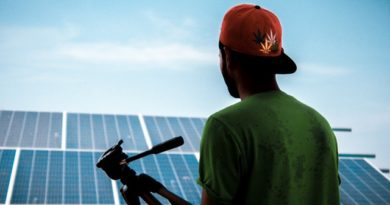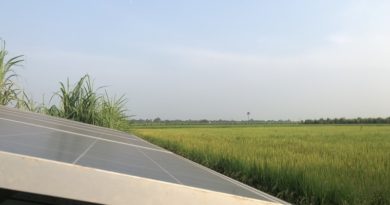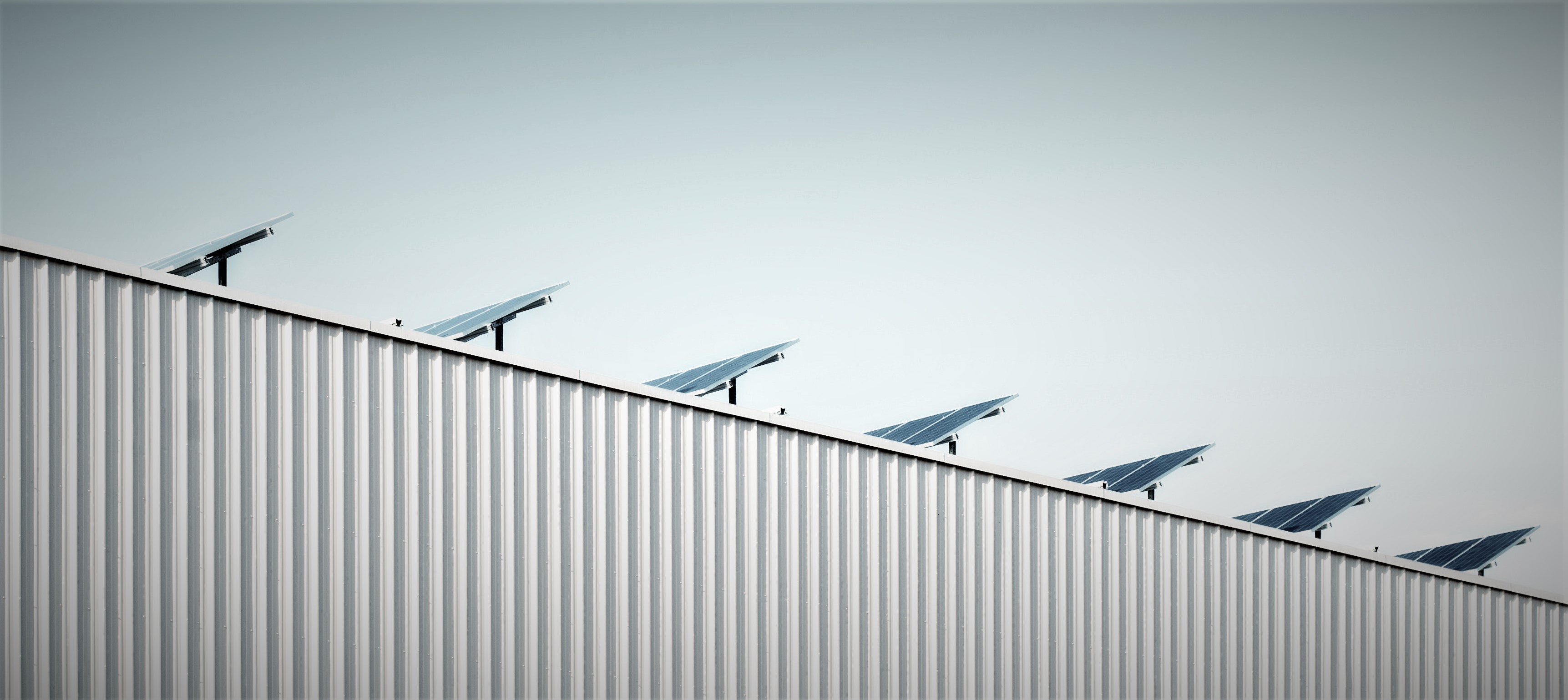Key Parameters affecting Solar PV Plant Performance
The performance of a Solar PV Plant depends on a lot of key parameters. Some of them are directly based on the design and equipment selection and some of them depend on the site and the environmental conditions. Some of the key parameters affecting directly or indirectly the performance of the Solar PV Plants are:
- Radiation at the site
The primary requirement for the design of any solar power project is accurate solar radiation data. It is essential to know the method used for measuring data for accurate design. Data may be instantaneously measured (irradiance) or integrated over a period of time (irradiation)usually one hour or day. India has tremendous scope of generating solar energy and the principal reason being the geographical location and it receives solar radiation almost throughout the year, which amounts to 3000 h of sunshine. This is equal to more than 5000 trillion kWh. Almost all parts of India receive 4–7 kWh of solar radiation per sq meters per day.
- Losses in PV systems
The estimated system losses are all the losses in the system, which cause the power actually delivered to the electricity grid to be lower than the power produced by the PV modules. There are several causes for this loss, such as losses in cables, power inverters, dirt on the modules, ambient temperature, varying insolation levels and so on. While designing a PV system, we have to take into consideration all possible losses.
- Temperature and climatic conditions
Module performance is generally rated under Standard Test Conditions (STC): irradiance of 1,000 W/m², solar spectrum of AM (Air Mass)1.5 and module temperature at 25°C. All electrical parameters of solar module depend on temperature. The module output decreases with increase in temperature.
- Design parameters of the plant
Some critical factors which must be kept in mind during design include proper selection of modules, optimum angle of tilt, minimization of ohmic losses with proper selection of conductors, selection of efficient transformers and inverters etc. Use of reliable and long life components is equally essential for solar power plants.
- Inverter efficiency
A solar PV inverter converts the direct current (DC) electricity from a photovoltaic array into alternating current (AC) for usage. These inverters may be stand alone inverters, which are used in isolated systems, or grid tie inverters which are used to connect the power plant to the grid. The currently available grid connected inverters have efficiencies of 96 to 98.5%, and hence choosing the correct inverter is crucial in the design stage. There are less efficient inverters below 95% also available.
- Module Degradation due to aging
The degradation of solar modules with temperature and time contributes significantly to the final output from the panel. As the output reduces each year, so does the revenue from sale of power, and therefore accurate data must be available at the outset to ensure that the power plant design is exact and not over or under the required output. Lifetime of the module is one of the four factors besides system price, system yield and capital interest rate which decides the cost of electricity produced from the module, and this lifetime is decided by the degradation rate. Most manufacturers indicate the extent to which the panel will degrade, through the guarantee.
References:




Pingback: Performance Audit of Solar PV Power Plants - SolarPost